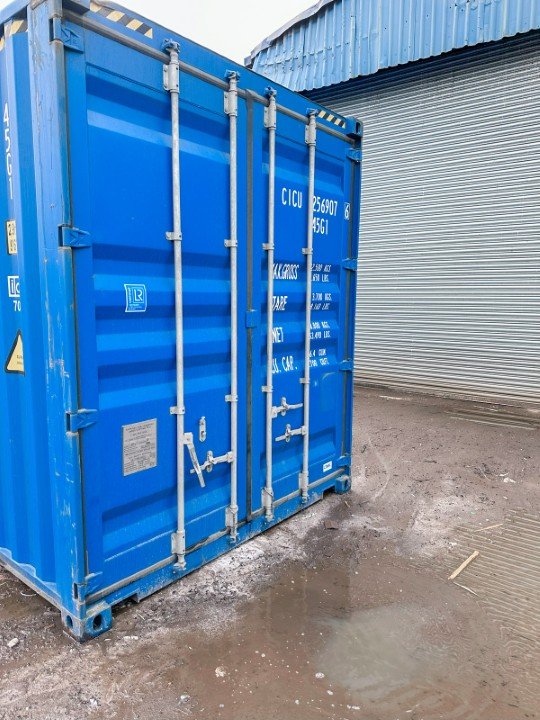
What are Container Seal Numbers?
In the vast and complex world of international shipping, where goods traverse continents and pass through multiple checkpoints, ensuring cargo security is critical. Container seals, those small but mighty metal or plastic devices, serve as a first line of defence. Each seal carries a unique identifying number, acting as a tamper-evident shield that protects the container's contents from unauthorized interference, safeguarding the integrity of goods from origin to destination.
The Role of Container Seals in Shipping
Far from being a simple locking mechanism, container seals are integral to global shipping security. Their primary function is to prevent and detect unauthorized access. Once applied, these seals form a physical barrier, clearly indicating whether a container has been tampered with. This peace of mind is vital for the shipper and the recipient, ensuring that the goods arrive intact and untouched during their journey.
Additionally, container seals play a pivotal role in streamlining the customs process. Seal numbers are used as unique identifiers by customs officials to verify the container’s integrity. This verification accelerates the customs clearance process, reducing delays and helping to ensure timely delivery of shipments.
Types of Container Seals
Not all container seals are created equal. There are various types, each tailored for specific uses. High-security seals, constructed from materials like steel or brass, offer exceptional durability and resistance to tampering. These are typically used for valuable or sensitive cargo. Bolt seals, known for their strength and tamper-evident features, are often chosen for high-value goods. With their flexible and adjustable design, cable seals are ideal for securing containers with irregular openings. Plastic seals are more economical and effective for lower-value shipments that do not require heavy-duty security.
How to Read a Container Seal Number
A container seal's combination of letters and numbers holds more information than meets the eye. The first few digits often denote the seal’s manufacturer, while others indicate the type of seal used. The remaining digits form a unique serial number, allowing for precise tracking and verification of the seal during shipping. Understanding these codes is essential for those overseeing shipments, as it provides a method of identifying the seal and maintaining the security trail.
Importance of Recording Container Seal Numbers
Accurately recording seal numbers is not just a best practice—it is essential to maintaining the integrity of the entire shipping operation. These numbers create a verifiable chain of custody, documenting the container's security at each checkpoint along its route. This level of detail is crucial in a dispute or damage claim, as it provides an auditable record that proves whether a container was tampered with during transit. By maintaining detailed seal logs, stakeholders can ensure greater accountability and security in their shipping practices.
Going Forward
Container seal numbers may appear inconspicuous, but they are the silent sentinels of international trade. They ensure the security of goods, prevent tampering, and provide a crucial layer of trust in the global supply chain. For those involved in shipping, understanding the role and importance of container seal numbers helps maintain a secure and efficient operation. To learn more about container seals' best practices and uses, it is always wise to consult with industry experts.
Buy Shipping Containers
Hire Shipping Containers
Services
Areas Served
At Shipping Containers of Southampton, we serve locations across the South of England. Our hiab delivery coverage includes Reading, Portsmouth, Swindon, Basingstoke, Guildford, Maidenhead, Camberley, Eastbourne, Eastleigh, Bracknell, Bournemouth, Brighton, Slough, Crawley, Farnborough, Weybridge, Aldershot, and Chichester. Whether you need a new or used container, we offer prompt delivery and competitive pricing.
